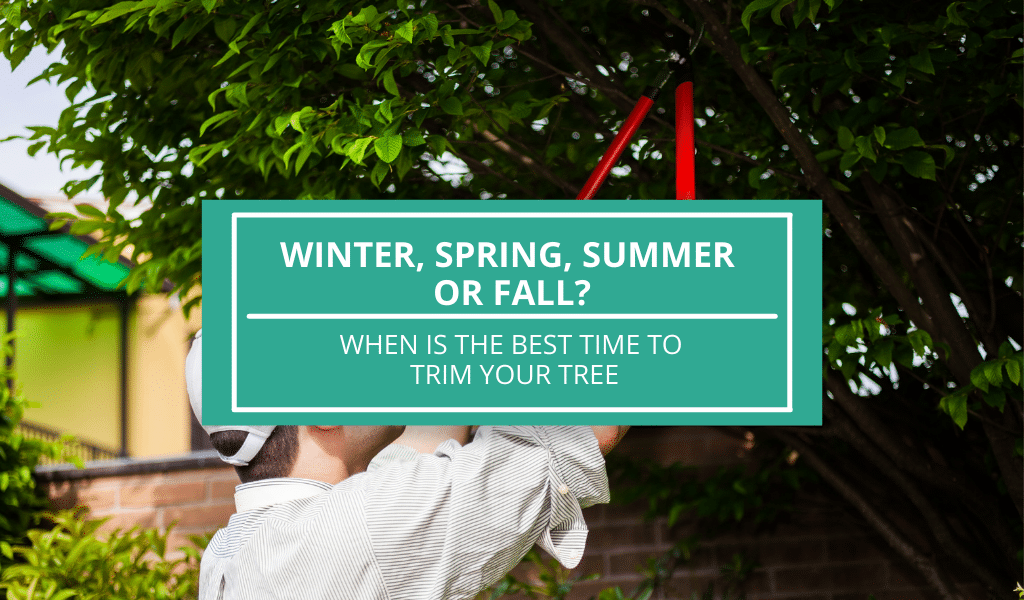When it comes to tree maintenance, a common concern among many homeowners is the best time of year to trim trees.
You might have paused and asked yourself questions such as, when should I trim my trees? Which season is best to follow for tree trimming? Which months should I schedule my tree trim ideally?
Fortunately, we have all the answers to your questions. Read on as this article will shed light on the matter. We will discuss the best time to trim trees, and here’s a little spoiler alert: it’s not during fall.
Fall is Not an Ideal Time to Trim Trees
A familiar misconception associates fall as the best time to trim trees. However, this has been proven wrong since most trees are preparing to enter their dormancy period at that time. Trimming your tree in such a state will get rid of all the nutrients it needs to store. Accordingly, it may only leave more damage to your trees and harm mature, old trees.
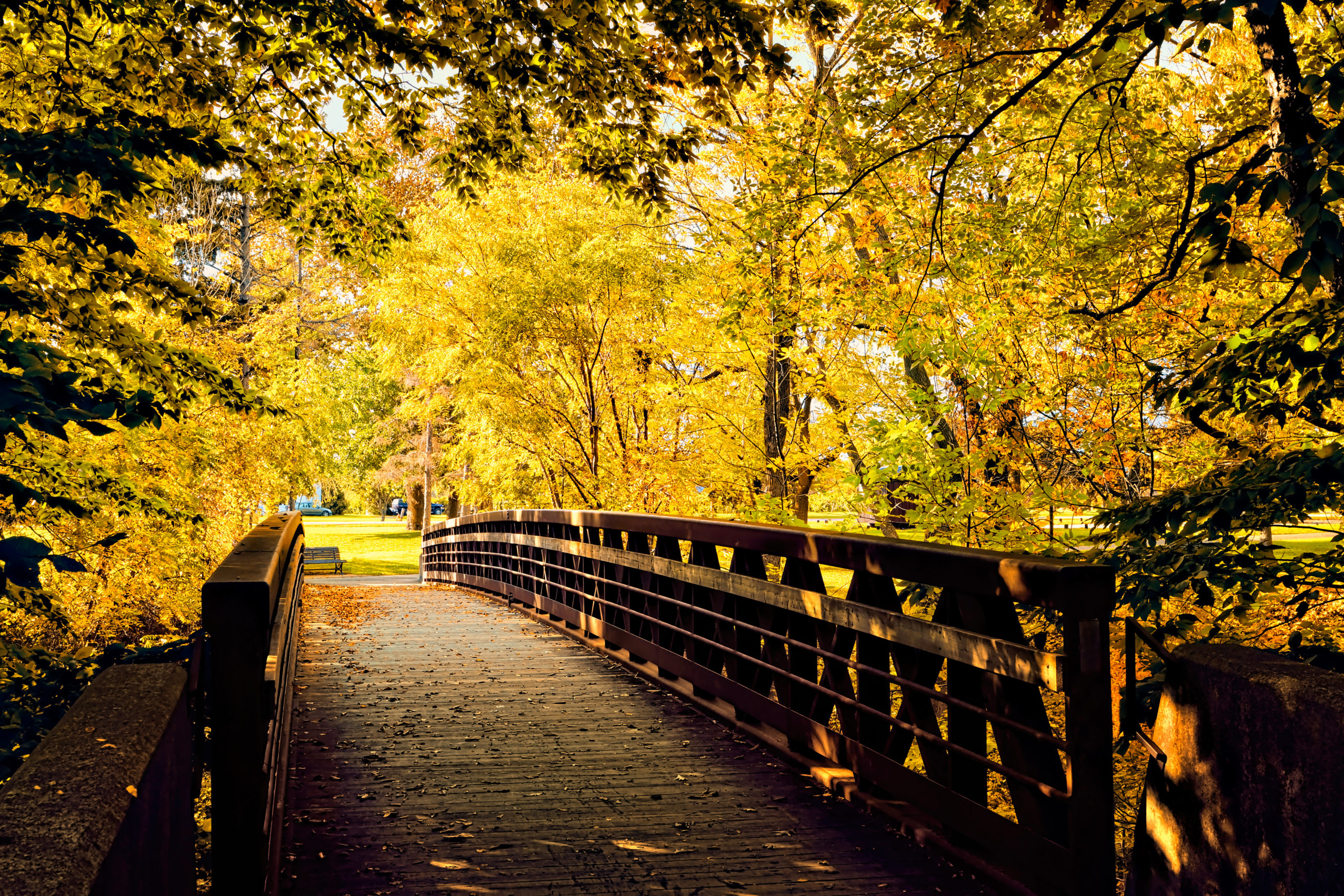
It is easy to understand why many homeowners are under the impression that the best time of year to trim trees is during fall. With countless bright leaves falling, many dead and hanging branches, as well as iffy large limbs, are becoming more visible. The scene may even be an eyesore because of its untidiness.
But, it’s best to save your tree trimming project some time in the early spring (active growth state) or, better yet, in the winter (total dormancy). Keep in mind that while tree trimming is crucial in all stages of a tree’s life, you will need to do it at the right time to avoid inflicting damage. Doing so will ensure proper growth in the long run.
Why Trim During Early Spring or Late Winter?
There are several benefits on why tree trimming is advised during the early spring or late winter season, even by local arborists. Ideally, you should conduct a regular tree trim and pruning at least once every 3 to 5 years. However, this cycle may vary according to your tree type, current condition (health and size).
The spring or winter seasons from November to March are generally considered the best time to trim trees because of the following reasons.
Should you feel the need to have your trees trimmed at once for several urgent reasons– such as safety or convenience, it’s best to consult a local tree care professional. These specialists are experienced in tree trimming and pruning regardless of the best time of year to trim trees. Their services are available all year round, and they ensure not to leave any damage on your tree’s growth even when working in unfavorable seasons.
Tree Trimming in the Winter
As previously mentioned, if you're wondering about the ideal time to trim trees, it's during the winter season.
The trees stop their active growth once they enter a dormancy period. The majority of tree species can handle trimming during the cold season.

With most of the leaves out of the way, it will also provide you a clearer picture of the problems such as dead, harmful branches, or other related issues.
While this improves your tree's condition for its upcoming growth in the spring, do your tree trimming project after the coldest winter days. It ensures your safety as well as the protection of your tree against severe cold snaps.
Tree Trimming in the Spring
Aside from the dormant winter season, early spring is also considered the best time to trim trees. Fortunately, most species of trees can benefit from a trim in the spring.
With rising sap inside the tree during this period, trimming in the early spring helps you quickly identify any diseased or overlapping branches before all the leaves fall to the ground. Doing so will make it easier to remove them at your own pace.

When it comes to non-flowering branches, you will see their bare bark easily during the dormant season. Spring will also help you determine beyond saving trees, so you can opt to have them taken down or removed as soon as possible.
In particular, trees that blossom in the mid to late summer season (such as Catalpa, Smoketree, and Golden Raintree) will benefit from a trim in the early spring. It helps the tree create more buds on its remaining branches.
Tree Trimming in the Summer
While it is possible for you to give your trees a trim in the summer season, please take note that it may be challenging to do once your tree is fully covered with leaves.
For one, it will be challenging to identify problematic branches. The process might take you quite some time.
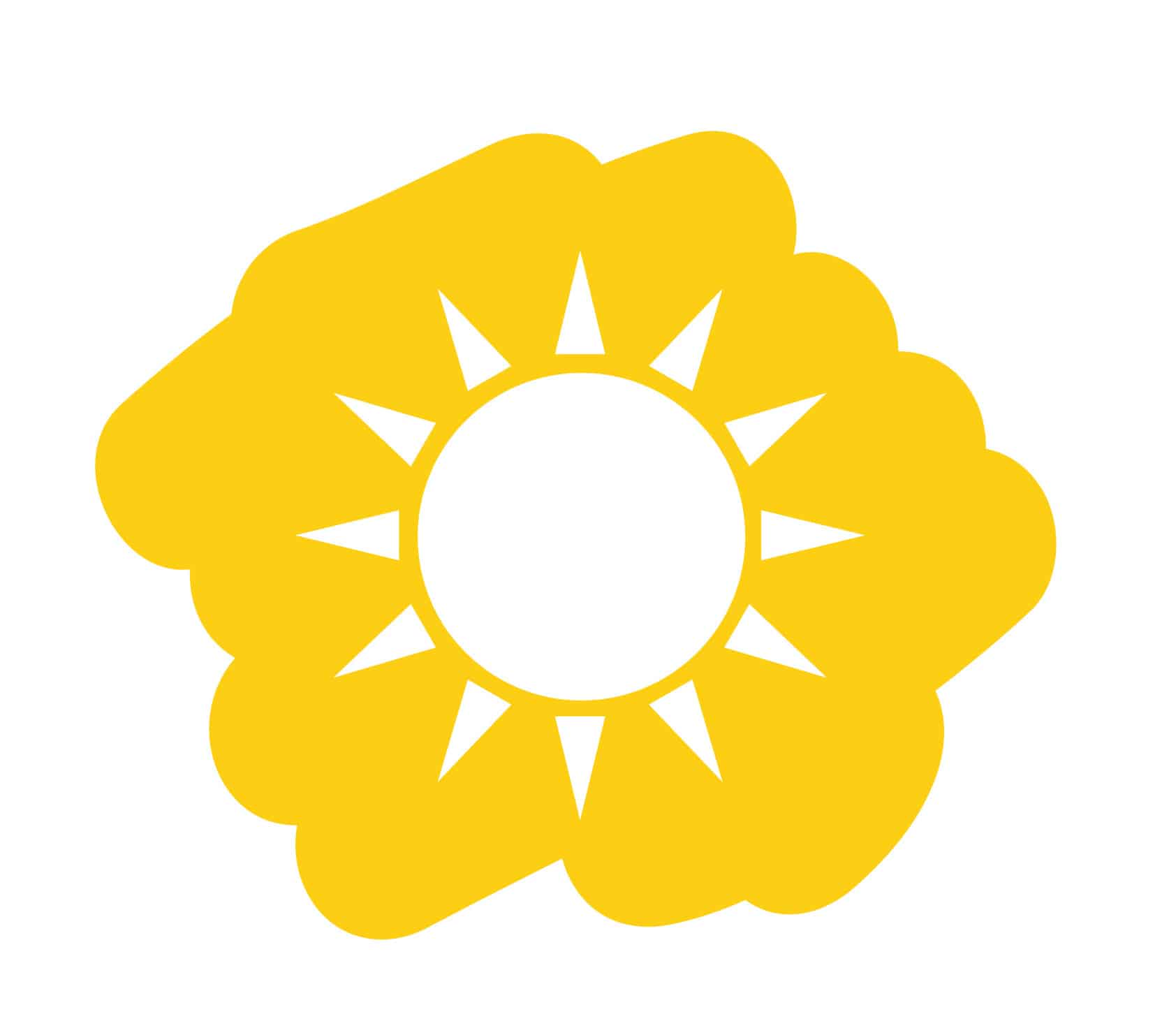
Regardless, doing your tree trimming in the summer will make it easier to determine weakened branches from the leaves' weight. Weak branches tend to sag in contrast with the ones in a healthy condition.
Flowering trees in the spring, including Japanese magnolia, wild plum, and pear trees, are better off trimmed in the summer as well. After cutting, your trees' branches will produce more flower buds significantly when pruned after the spring flowers have faded.
Other tree species which may be ideally given a summer trimming include:
These trees produce generous amounts of sap, which may make your tree trimming project challenging and difficult to do in the late winter or spring.
When it comes to a summer tree trim, you will undoubtedly avoid a sticky mess than you would in a different season.
Should you want your tree to stop flowering, consider opting for tree injections with a deflowering agent. It will stop your tree from producing any fruits– which may only be a messy responsibility on your part.
Tree Trimming in the Fall
Contrary to popular belief, the fall season is not the best time of year to trim trees. If anything, it will only endanger your tree and make matters worse.
In this period, any cuts or wounds on your tree will take longer to heal. Why? Simply because your tree is preparing to go into dormancy during the fall.
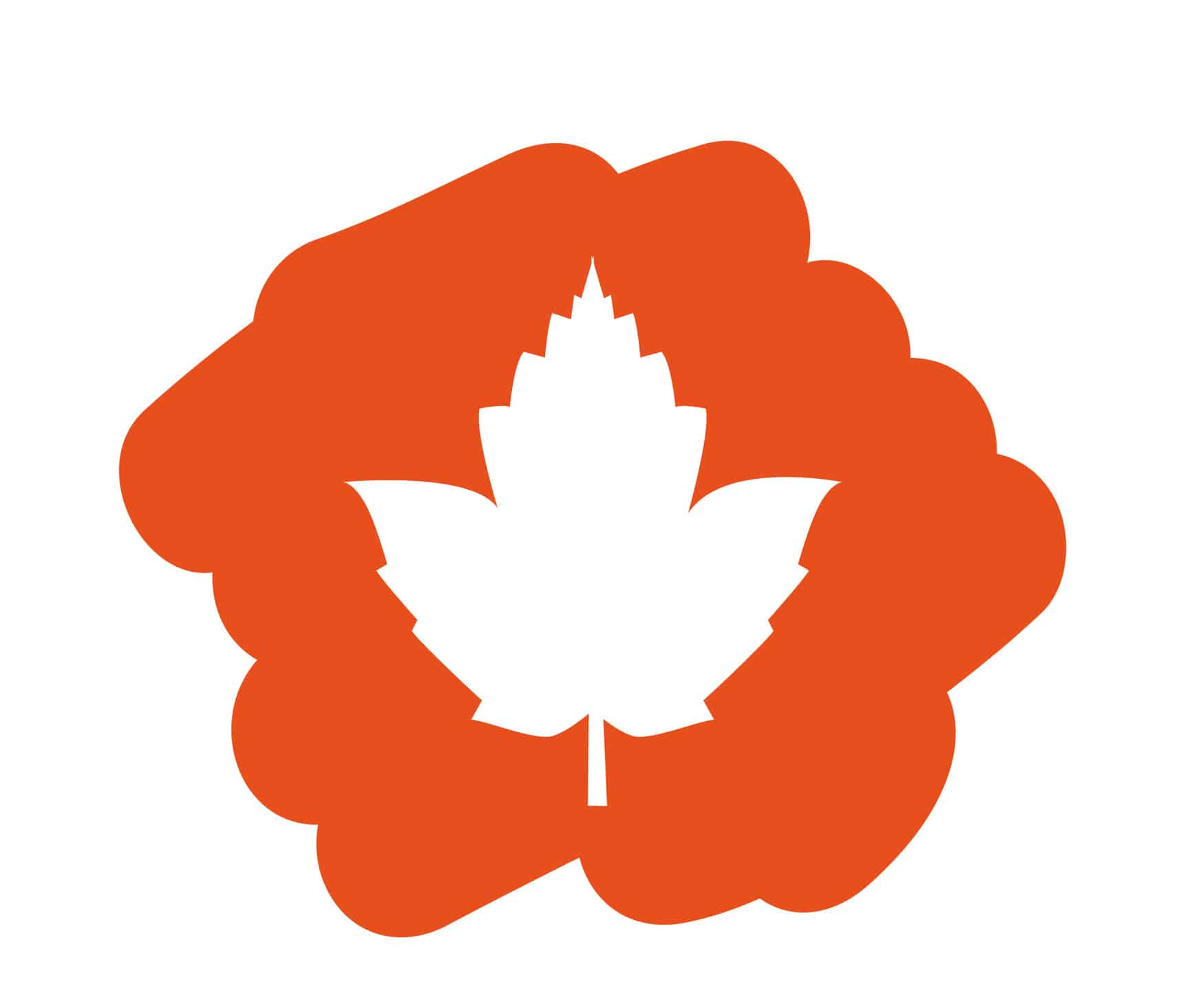
If your tree has a fungal disease, it will also give off many spores after a cut is made. It only increases the risk of infection in your tree.
To ensure the optimal growth of your tree, best avoid trimming them in the fall. However, if several branches are already posing a safety hazard on your property– you can always opt to have them removed as soon as possible.
If a tree puts you and your family's safety at risk, trimming can be done regardless of the season.
When to Trim by Tree Type
Routine tree trimming is ideal for removing any infestation in your tree, as well as dangerous, dead branches out of harm's way.
The most basic trimming practice is to remove any dead, intertwined branches. It makes your tree look a whole lot better and enhances its growth.
Pruning any dangerous branches is also encouraged to avoid branches falling on anyone staying on the property or your roof in the event of severe thunderstorms.
Not only that but trimming your trees will also give them a great shape– which may improve the diffusion of airflow and light to your tree's crown.
Here’s a quick guide on when to trim trees:
For your reference, let’s take a closer look at some common tree examples and discuss the best time of year to trim trees:
When To Trim Maple Trees
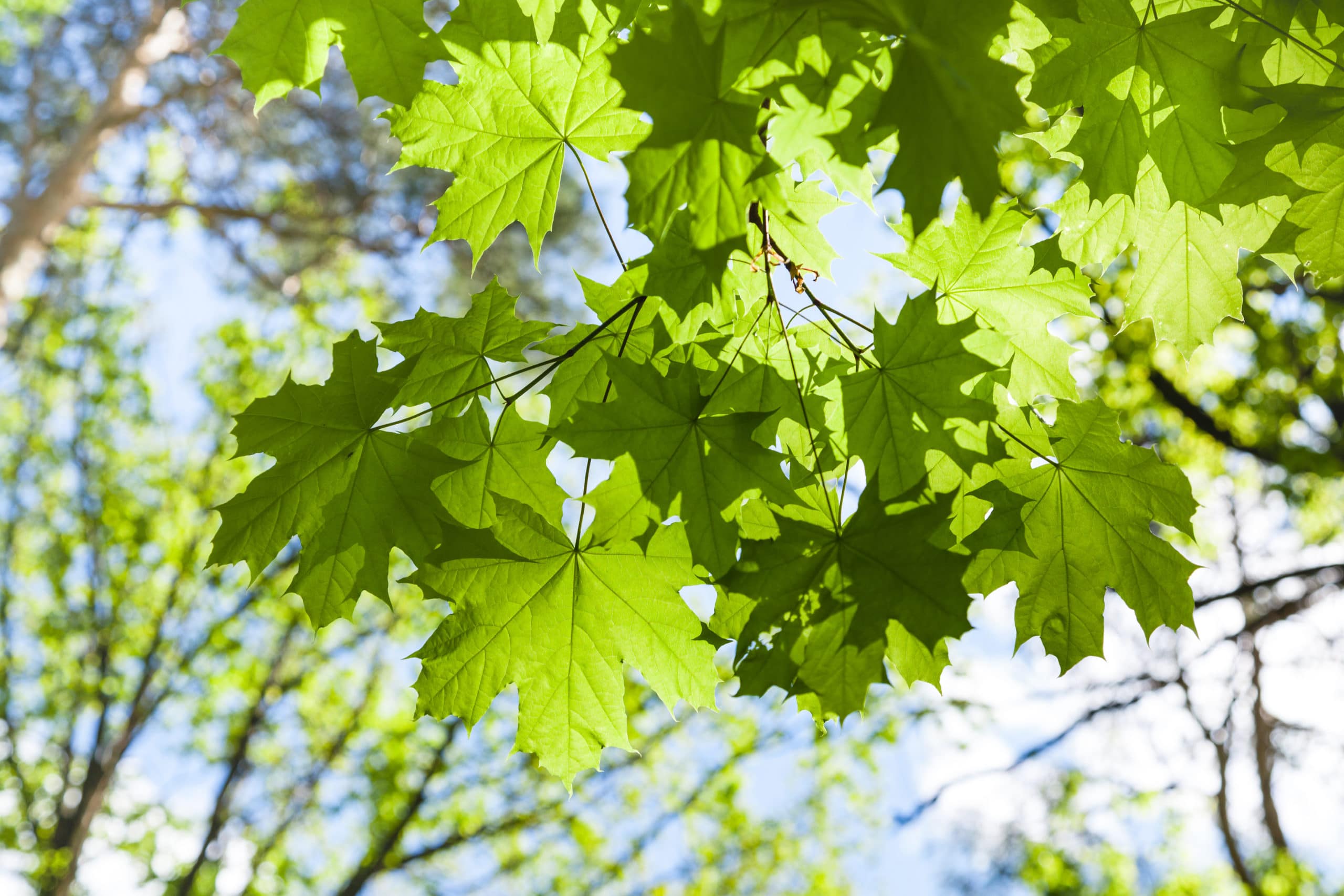
In determining when to trim maple trees, mark your calendar for a schedule sometime in the late winter or early spring. Ideally, it's best to finish the trimming before their springtime bloom.
However, several homeowners tend to trim maple trees in the late summer season. They find it easier to shape their trees and remove any dead branches in that period.
As such, do not trim or prune your maple trees in the fall. The wet conditions, along with the falling of the leaves, will only put your tree at risk of several maple tree-related diseases.
Compared with other trees, such as Apple and Oak trees, maple trees lose an excellent sap amount once trimmed. With low sap levels in the spring and summer season, it's best to do your trimming project simultaneously.
Another thing you need to consider is the age of your maple tree. If the tree is younger than three years, it is still a soft sapling. They are still weak and generally unable to handle heavy trimming or pruning. These young trees might lose too much sap and may even die in the process.
With that in mind, only start giving your maple tree a trim once it reaches three years old.
When To Trim Apple Trees

If you're wondering when to trim apple trees, it's best to do so sometime between February and late April months.
Tree trimming in the late winter or early spring is ideal, given that the tree is still dormant and has not started active growth once again. Buds will also be readily visible, making your trimming experience a breeze. Exposed wounds will also likely heal before insects have the chance to infiltrate your tree in the spring.
There is also little to no effect on your tree's winter hardiness and general health during this period.
In contrast, trimming your apple tree in the spring or summer may only spread infection, while a fall or early winter trimming may result in detrimental growth issues for the following seasons.
Hence, apple trees must be trimmed during the late winter season. However, if you need to immediately deal with many related tree diseases, you may also prune your apple tree in the spring or summer.
Stray away from apple tree trimming in the fall as the process stimulates growth when the tree needs to prepare for complete dormancy in the winter.
If you're planning for a summer tree trimming, do so in late July or August. Be careful not to prune your tree around this time severely. It may only leave your apple tree in a declining, weakened state.
Having a weak tree before harvest season may affect the fruit's quality or increase the tendency of quickly snapped branches when carrying fruits.
If you require a heavy trim for your apple tree, do some pruning this season, then do the other half during the next. It will limit the stress you put on your tree at a given time.
In dealing with overlapping branches, decide which particular branch has fewer buds and remove it shortly afterward. It's best to keep the healthier, more productive twig out of the two.
Summary
Generally, most tree species are ideally trimmed in the early spring or late winter months.
Contrary to popular belief, tree trimming in the fall is a popular misconception. Doing so will only put your tree at risk, so it's better to avoid a trim during this season unless you have an urgent reason to do so.
Should you need any assistance in trimming or pruning your trees, consult a local tree care professional. These specialists will ensure your tree's safe and sound condition all year round.

